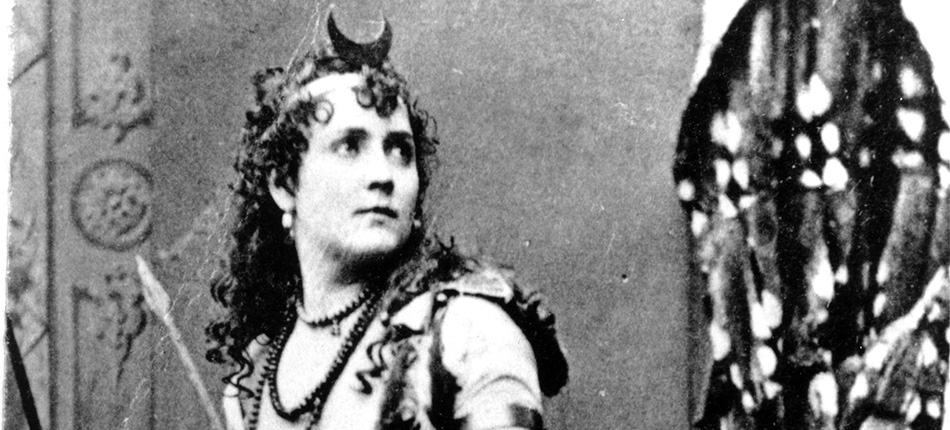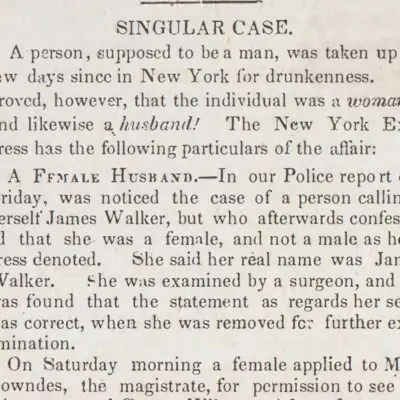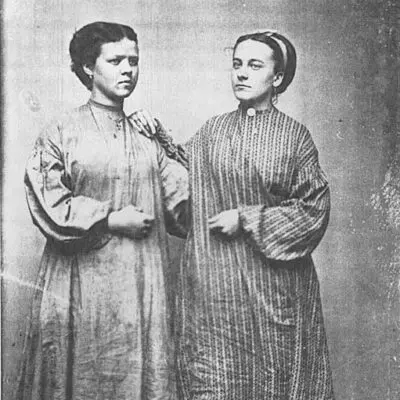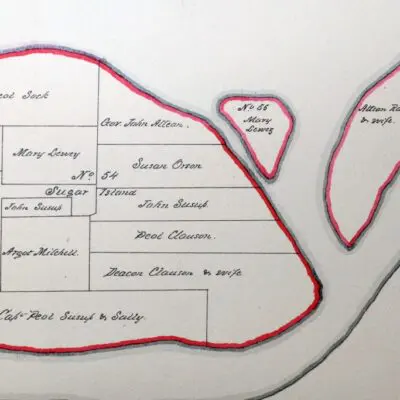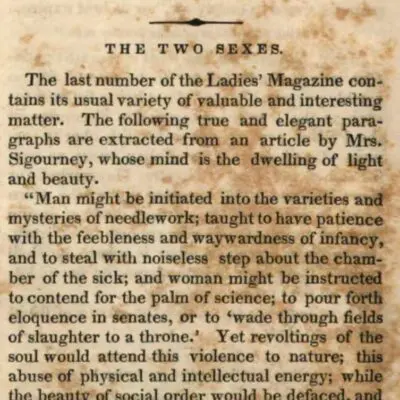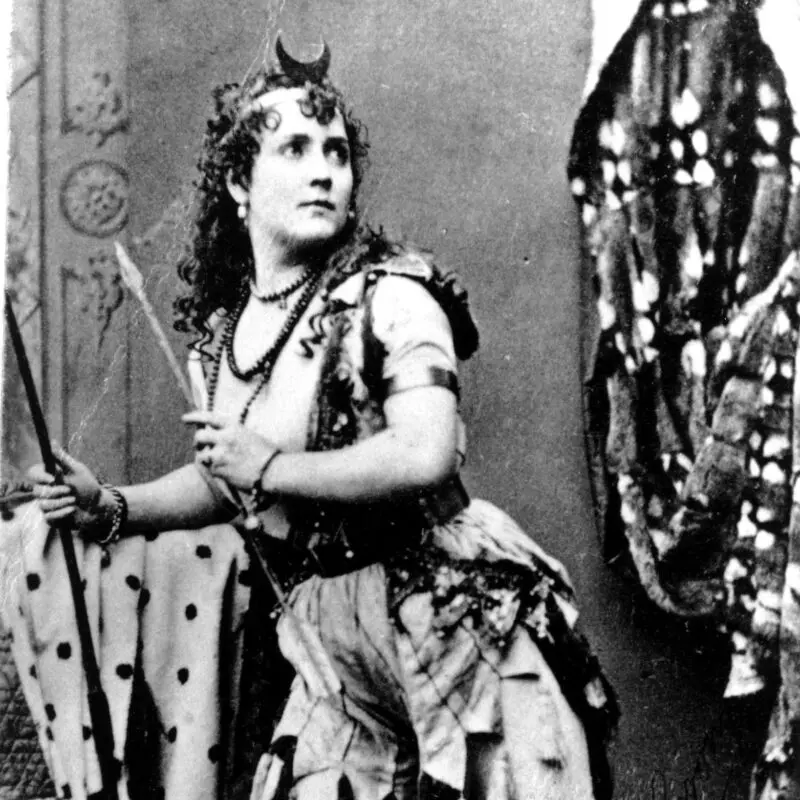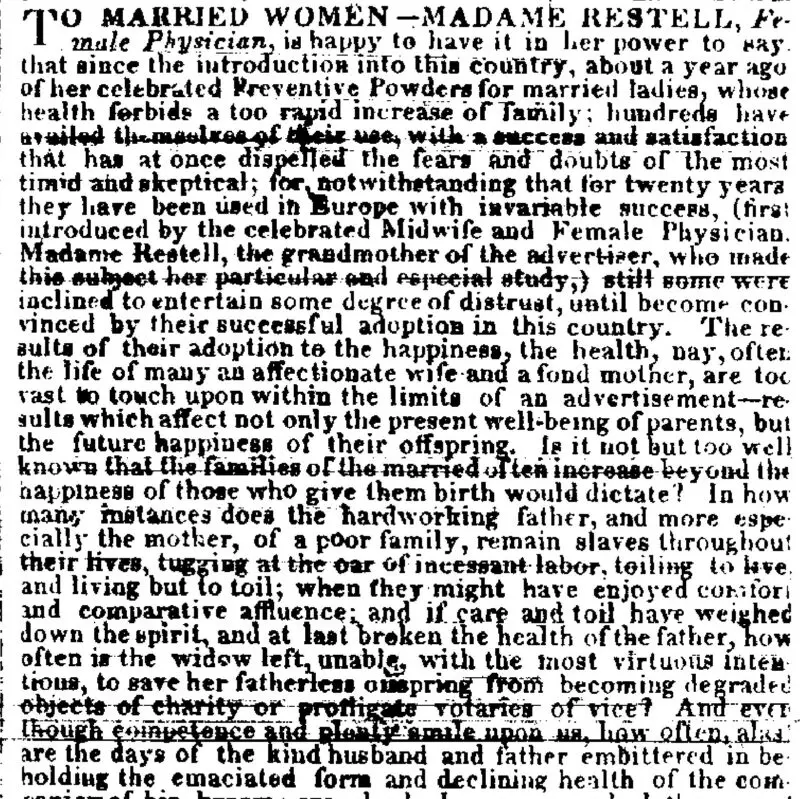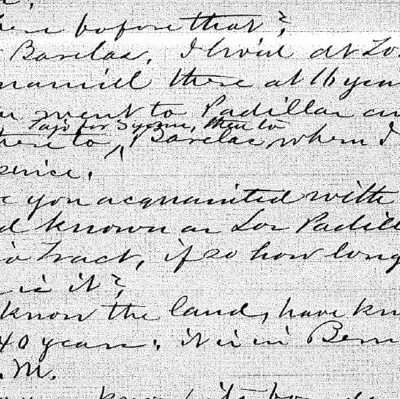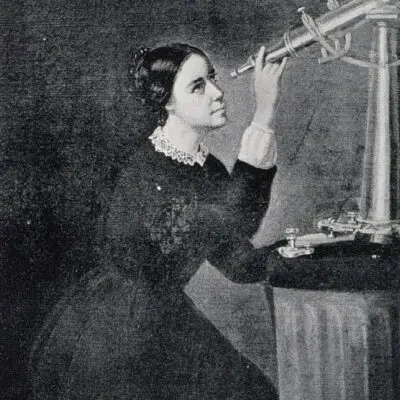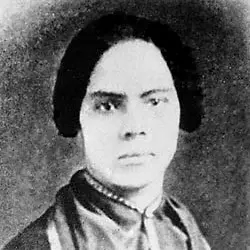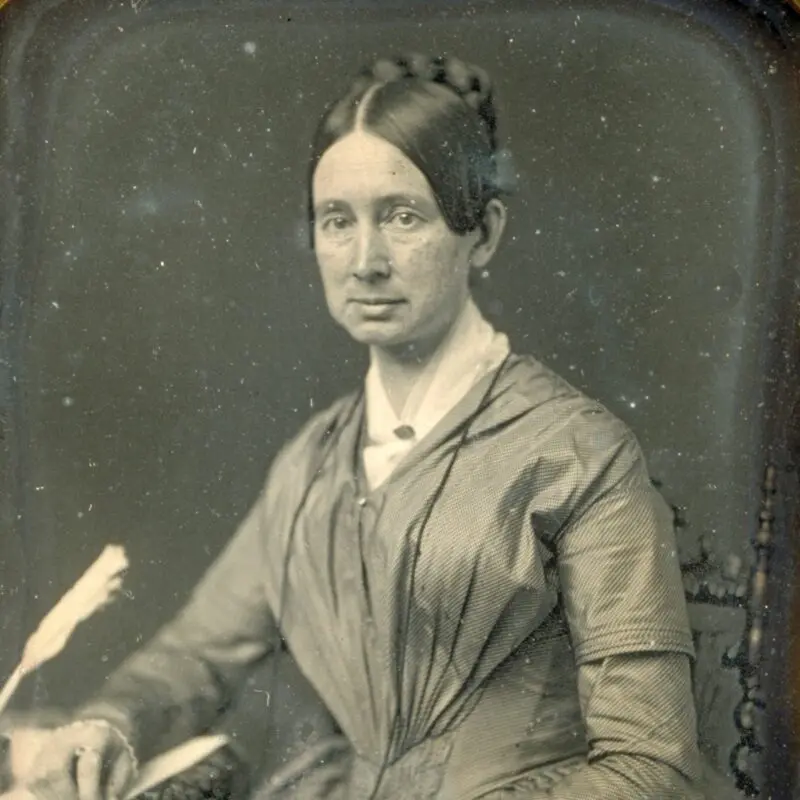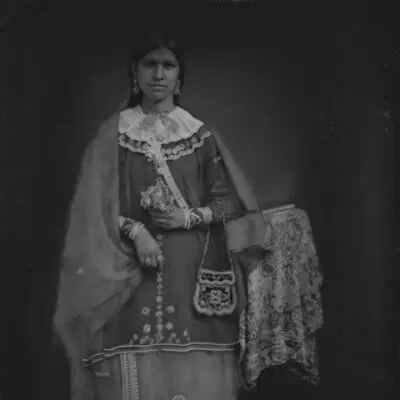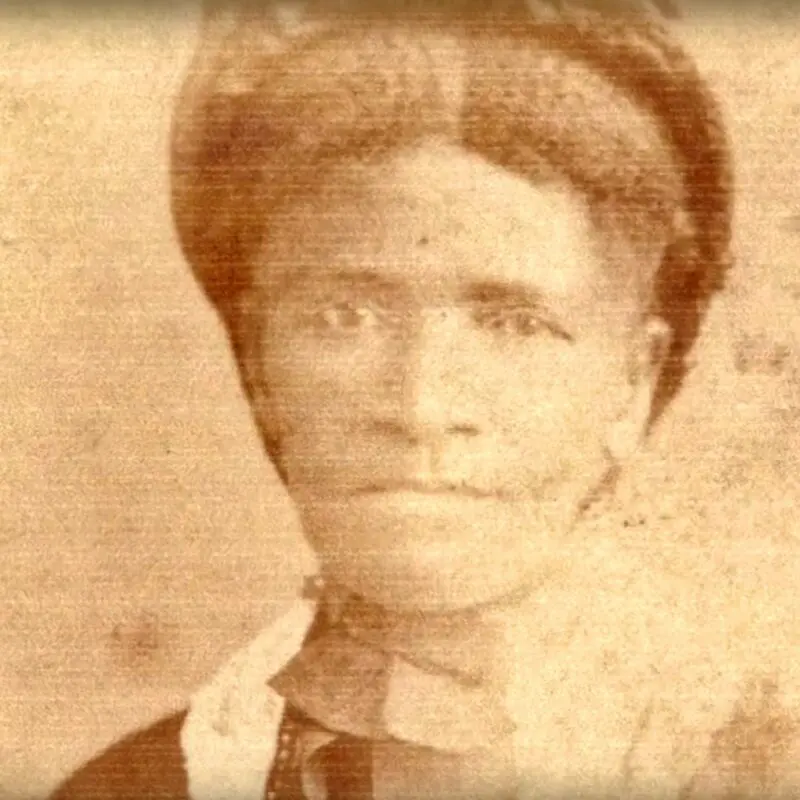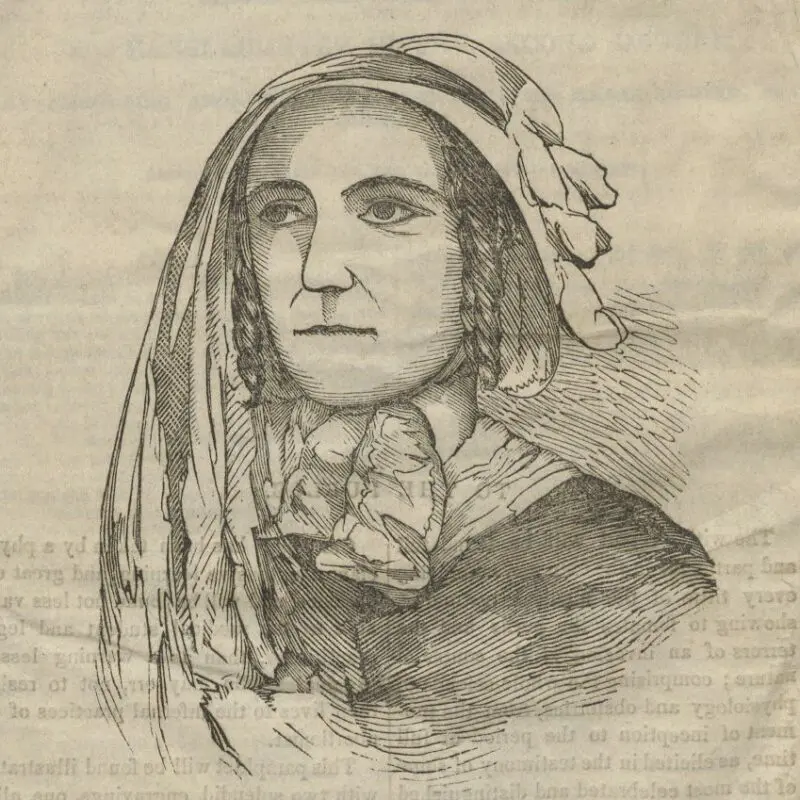Key Ideas
- The middle of the 1800s was a critical period in the evolution of women’s roles in U.S. society and politics.
- The women’s rights movement emerged from a growing understanding that women could not effect real social change until they had true economic and political independence from men.
- Women’s experiences of the mid-1800s varied widely based on their race and social class. Increased awareness of these differences was one of the motivators for activists in the women’s rights movement.
Introduction
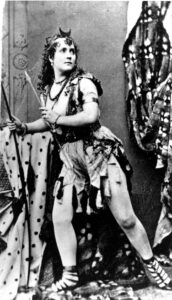
Adah Isaacs Menken portrait, American Jewish Historical Society
Politics and Society
One of the great debates of the early 1800s was what role women should play in U.S. society, and this conflict only heated up in the middle of the century.
Despite messaging in popular culture that men and women’s worlds would remain separate and complimentary in middle class marriages, beginning in the 1830s there was a growing consciousness that not all Americans were upholding these principles. More and more women challenged this assumption. Activists like Mary Ann Shadd Cary, Caroline Ga-ha-no Parker, and Dorothea Dix all pushed the boundaries of appropriate female behavior while simultaneously demonstrating that women could make real contributions to the many challenges facing the nation. Some women had significant social impacts that drew aggressive condemnation from male figures of authority. Some built careers out of shocking and titillating performances, while others asserted the place of women in the upper echelons of the scientific academy. The rapid territorial expansion of the U.S. had the unintended consequence of exposing American women to the way women were treated in other societies, inspiring a new movement to advocate for married women’s economic independence from men. Even a close analysis of popular fashions reveals that women’s roles in U.S. society were evolving, whether people liked it or not.
The result of all this social and political turmoil was the formation of a new movement specifically focused on obtaining equality for women. The women’s rights movement emerged from a growing understanding that women could not effect real social change until they had true economic and political independence from men. But from its earliest days, the women’s rights movement struggled with the question of race. As support for the national women’s right movement grew, Black women were sidelined completely by white movement leaders. And, yet, Black women persevered, sometimes scoring significant victories in their fight for racial and gender equality.
Section Essential Questions
- What were society’s expectations for women in the mid-1800s? What were the realities?
- How did women seek to change U.S. government and society despite not having political power?
- Why did the women’s rights movement form in the mid-1800s? What were the strengths and weaknesses of the movement in its early years?


